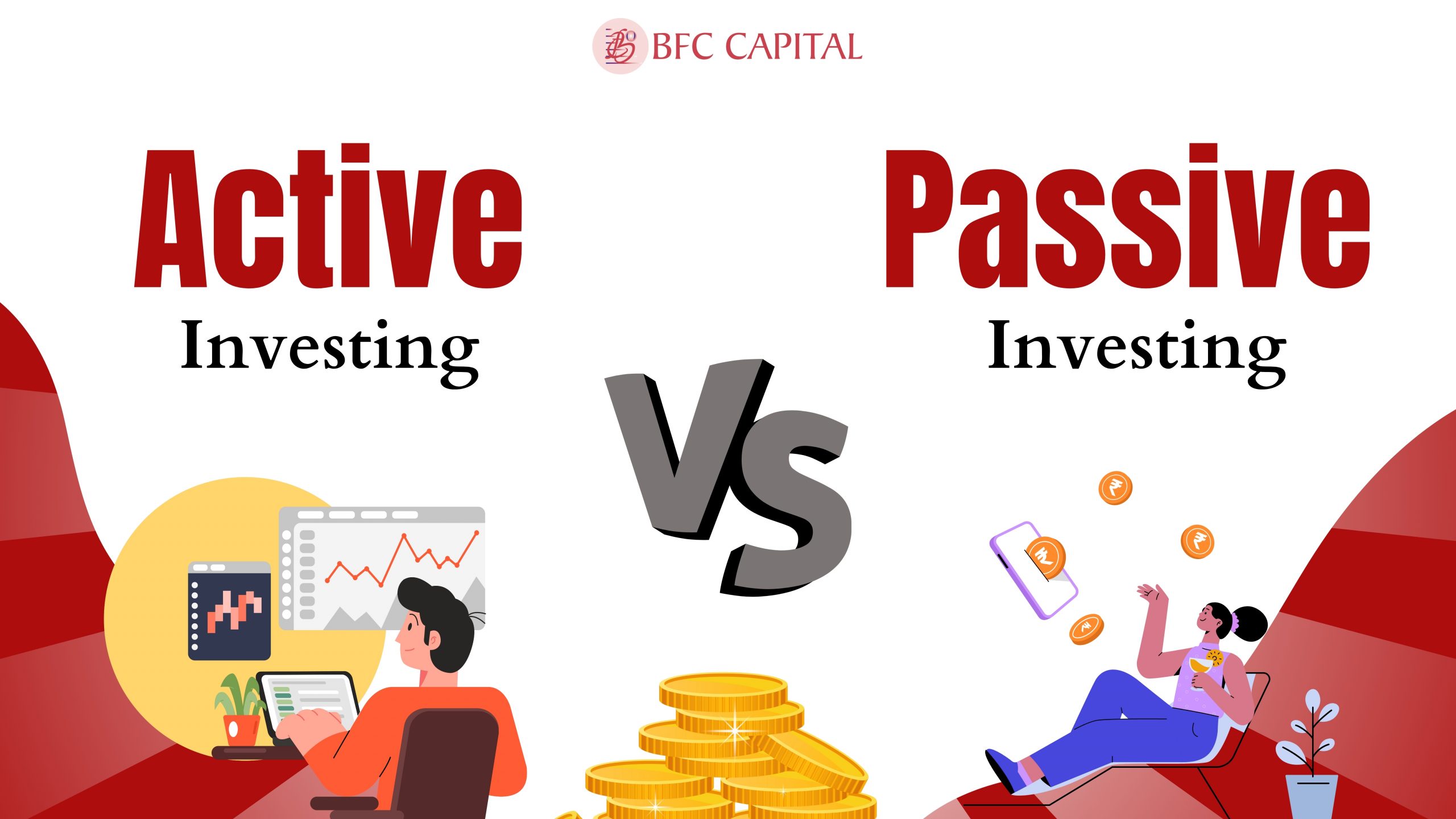
Mutual Fund Returns
In an expeditious world, generating income to accomplish your financial goals is becoming more demanding. People work day and night, but still, it’s never enough. However, mutual funds play a crucial role in fulfilling your financial objectives. After all, the main reason behind mutual fund investments is to generate promising returns. Isn’t it? So, it is vital to comprehend the types of returns these investments provide to make an informed decision about where to allocate your funds. If you are also looking to invest in mutual funds, but do not know about their types of returns, read further. This article will cover the basics of mutual fund returns to help you make an informed decision.
A Look into Mutual Fund Returns
Mutual fund returns depict gains or losses you make from your mutual fund investments. You can monitor your returns over different time frames to evaluate a fund’s performance. These returns vary widely based on the investment strategy and the performance of the underlying assets.
What is an Absolute Return?
Absolute returns represent the total financial profits or losses on an investment. It does not consider the time horizon, benchmark return, or market conditions. The fund’s performance over time is reflected in percentage. Absolute returns consider both the selling price and the purchase price of an investment. The difference is divided by the purchase price, and the value obtained is multiplied by 100. The output achieved after that is known as an absolute return.
Absolute Return= (Selling Price-Purchase Price) / Purchase Price * 100
What is an Annualized Return?
Annualized return is the typical way of calculating return. It is the overall average return clocked by a mutual fund over a specified time frame, typically spanning one year. Annualized return is also known as CAGR (Compounded Annual Growth Rate) as it compounds the returns received over time. It is calculated by taking the ending value of an investment, dividing it by the initial value of the investment, raising the output to the power of 1/n (‘n’ represents the number of years), and subtracting 1. The outcome you get is used to predict how much money an investment will make in the future if it keeps growing at the same rate.
Annualized return = (1+ Absolute Rate of Return) ^ (365/ no. of days)-1
What are Total Returns?
Total return is the actual rate of return fetched by an investment, including interest received, capital gains, dividends, and distributions. It is expressed as a percentage and is a measure of the scheme’s performance.
Total Return = (Ending Value – Beginning Value + Dividends or Interest) / Beginning Value * 100
What are Point-to-Point Returns?
Point-to-point returns are the returns clocked during a certain period, calculated between two specific dates. It accounts for the initial and final value of an investment, including interests, dividends, and capital appreciation. Point-to-point returns evaluate how an investment has performed over time, excluding day-to-day market fluctuations. You will need the current NAV and the initial NAV to calculate the point-to-point return.
What are Rolling Returns?
Rolling returns are a measure of a fund’s performance over various investment durations. Instead of looking at a fund’s overall performance, these returns analyse its returns over successive periods such as one year, three years, etc. It provides you with a clear picture of a fund’s consistency and performance during different market conditions. Consequently, you can make informed investment decisions based on the fund’s long-term track record. The formula to calculate rolling returns is relatively easy. Add the returns from each desired calendar year and divide the amount by the number of years.
On a Parting Note
Mutual funds provide a crucial path for earning a potential return on investment. However, comprehending the different types of returns is paramount. From absolute to rolling returns, all provide a careful insight into your investment and assist you in making an informed decision that will lead you to accomplish your financial goal.

Assistant Vice President – Research & Analysis
Akash Gupta heads the Research & Analysis department at BFC CAPITAL, where he combines in-depth market insights with strategic analysis. He holds multiple certifications, including:
- NISM-Series-XIII: Common Derivatives Certification
- NISM-Series-VIII: Equity Derivatives Certification
- NISM-Series-XXI-A: Portfolio Management Services Certification
- IRDAI Certification
With his expertise in equity, derivatives, and portfolio management, Akash plays a key role in providing research-backed strategies and actionable insights to help clients navigate the investment landscape.







